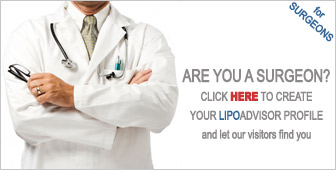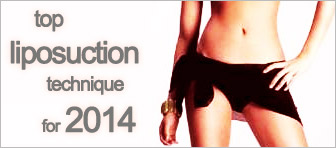Varicose Veins: Harmless or Health Risk?
from Cosmetics Expert Mike Dune
Varicose veins — the large, bulging veins that often develop in the legs — are a common aesthetic concern that send thousands of people to the doctor annually. Varicose veins can grow to become quite large, and deep feelings of self-consciousness can cause people to cover up, even in hot weather.
For some, however, varicose veins are more than just unsightly. Severe cases can cause physical symptoms such as skin inflammation or scaling, and varicose veins can even indicate the presence of a dangerous condition called deep vein thrombosis. If you’re suffering from varicose veins, check out our answers to common questions about the condition, and learn your options for treating your varicose veins, as well as tips for keeping your legs beautiful for life.
 What are varicose veins?
What are varicose veins?
Veins are circulatory structures that carry blood from the organs to the heart. Large veins, such as the vena cava, aren’t often part of our everyday language, but these veins are part of a larger, intricate network of blood vessels that reach every corner of the body. Inside veins, special valves keep blood flowing toward the heart and not the other way around. But these valves can occasionally malfunction, causing pressure to build up nearby. Ongoing pressure can weaken the affected vein, causing it to enlarge, twist, or bulge just beneath the skin.
How can I prevent varicose veins from developing?
Preventing the development of varicose veins is often as easy as making a few lifestyle adjustments, although the condition is sometimes hereditary. Other risk factors include:
- Obesity
- Pregnancy
- Standing for long periods of time
- Sitting for long periods of time
If you have a job which requires a lot of sitting, try wearing compression stockings or keeping your legs elevated, and be sure to get up and walk around at least once an hour to keep blood flowing. Weight loss can help stave off varicose veins caused by obesity. Getting plenty of exercise is also a great way to encourage healthy blood flow and avoid long periods of inactivity.
What are the health risks of varicose veins?
Most varicose veins are nothing more than aesthetic concerns. However, the development of varicose veins can lead to more severe conditions, many of which are related to the skin around the vein. These include:
- Itchiness
- Dry or scaly skin
- Bleeding even after minor injuries
- Open sores or ulcers
A more severe complication of varicose veins is the development of a blood clot. Although uncommon, this condition, called deep-vein thrombosis, can be life-threatening.
What are my options for treating varicose veins?
Treatment for varicose veins is often similar to treatment for spider veins, which are smaller, purplish veins that are typically flat. According to the varicose and spider vein removal page of Vancouver Laser & Skin Care Center Inc., sclerotherapy is a common, non-surgical option. During this procedure, the vein is injected with a special fluid called a sclerosing agent that causes the vein to collapse, fade, and flatten. Other options include laser treatments, which cause the vein to coagulate and disintegrate. Patients who undergo these types of vein treatments can return home the same day and don’t experience any scarring.
More invasive treatments, such as complete vein removal through surgery, are typically recommended if veins don’t respond to other options. A qualified physician can recommend the treatment that improves both the look of your legs and your long-term health without disrupting your lifestyle.
Your Opinion?
Mike Dune
Latest posts by Mike Dune (see all)
- Saying “I Do” to Liposuction - October 3, 2014
- 4 Great Plastic Surgery Procedures Before Your Beach Vacation - October 1, 2014
- Breast Implants Around the World - September 29, 2014













